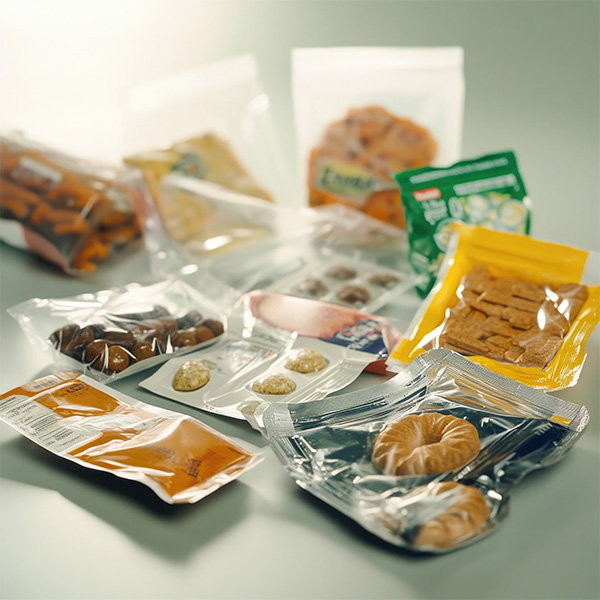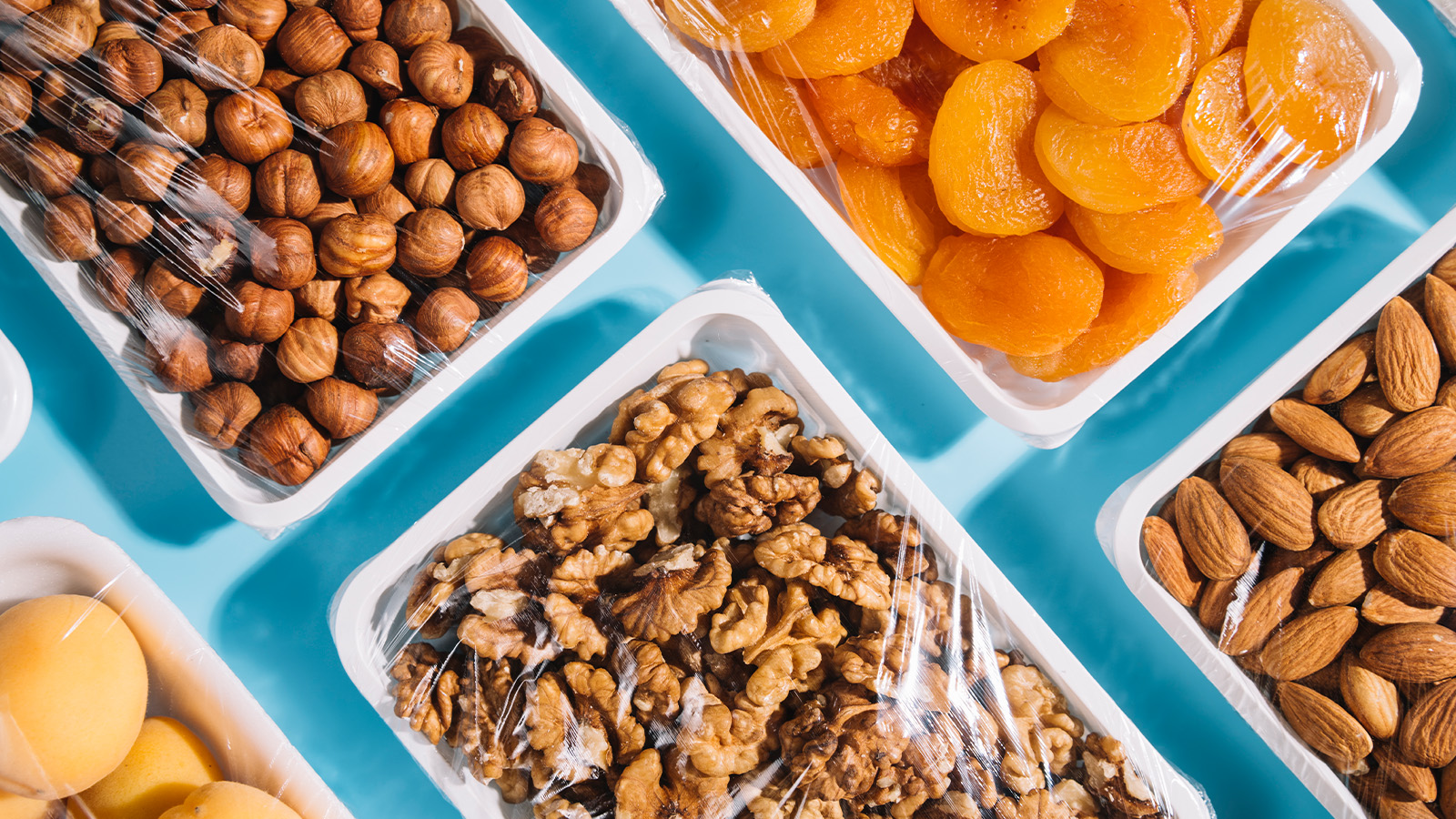
Flexible packaging has come a long way from its humble beginnings. Once defined by basic materials like cloth or wax paper, it has evolved into a critical component of modern industry — with innovations that support everything from food safety to medical sterility and agricultural efficiency.
At Redi-Bag, we’ve seen this evolution firsthand and continue to lead the way in flexible packaging solutions that are both practical and forward-thinking.
A Look Back: The Early Days of Flexible Packaging
The history of flexible packaging dates back centuries, beginning with natural materials like paper, cloth, and wax. These early solutions were limited in durability and barrier protection but served basic storage and transport needs. The industrial revolution introduced new ways to produce and distribute goods, pushing the need for more reliable packaging solutions.
The invention of cellophane in the early 1900s marked a major leap forward — but the real game-changer came mid-century with the rise of plastics.
The Rise of Polyethylene and Modern Manufacturing
In the 1950s and beyond, polyethylene emerged as a flexible, durable, and cost-effective material — setting a new standard for packaging. Its versatility allowed for mass production of bags, film, sheeting, and more, transforming how industries packaged, stored, and shipped their products.
At Redi-Bag, we’ve built our business around the strengths of polyethylene, offering a wide range of customizable solutions designed to meet the unique demands of industries like food processing, agriculture, and healthcare.
The Age of Customization and Industry-Specific Needs
As industries grew more specialized, so did their packaging requirements. Flexible packaging evolved from a commodity to a strategic tool. Agricultural operations needed UV-resistant covers and field-ready bags. Food processors required food-grade materials that maintained freshness and met safety standards. Medical and lab facilities demanded sterile, puncture-resistant film solutions.
Redi-Bag responded by expanding its custom manufacturing capabilities, ensuring every customer — regardless of industry — gets the right solution for their specific needs.
Today’s Innovations in Flexible Packaging
Flexible packaging today is smarter, stronger, and more sustainable than ever. Advances in barrier films protect against moisture, light, and contaminants. Some materials even offer antimicrobial properties — essential in industries where hygiene is paramount.
Sustainability is also a driving force in modern packaging innovation. At Redi-Bag, we continually evaluate materials and processes to reduce waste and improve recyclability, while maintaining the performance our customers rely on. And because our manufacturing is U.S.-based, we maintain close control over quality and innovation, allowing us to deliver dependable products with shorter lead times.
Looking Ahead: What’s Next?
The future of flexible packaging is full of promise — from smart labeling and automation to more eco-friendly materials and advanced customization options. As industries evolve, packaging will continue to play a crucial role in protecting products and streamlining operations.
At Redi-Bag, we’re not just watching these trends — we’re actively investing in ways to help our customers stay ahead of them.
From simple bags to high-tech, purpose-built solutions, flexible packaging has transformed the way we do business. At Redi-Bag, we’re proud to be part of that journey — and even more excited about what’s next.


